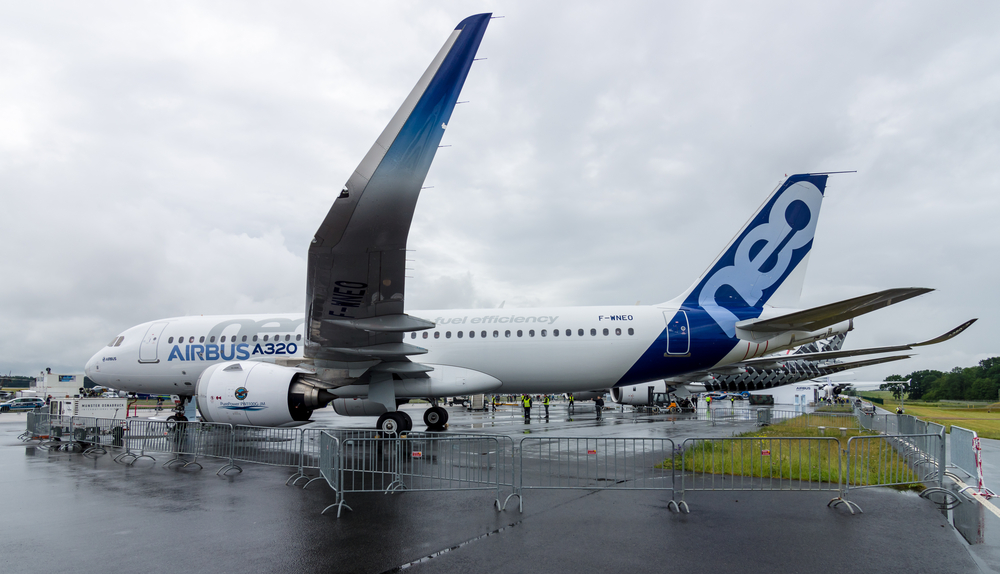US Congress will investigate the approval process of Boeing’s 737 MAX series after reports claimed that the Federal Aviation Authority (FAA) may have sidestepped its oversight duties, speeding the certification of the aircraft in question.
On 17 March, the US Department of Transportation inspector general also opened an investigation into the FAA’s approval of the Boeing 737 MAX aircraft series. The probe focuses on potential failures in the FAA’s review process. The day after the Ethiopian Airlines crash, a federal grand jury issued a subpoena on behalf of the US Justice Department for documents related to the development of the 737 MAX.
The United States was one of the last countries to announce the grounding of the Boeing planes due to mounting pressure from aviation analysts and politicians. Boeing came under extra scrutiny because of its close ties with the administration and FAA.
For decades, Boeing has been the wind beneath the wings of America’s presidents. In December, Donald Trump hired a former Boeing executive, Patrick M. Shanahan, as acting defense secretary after the resignation of Jim Mattis.
Even during Trump’s announcement of grounding the 737 MAX craft he managed to insert some praise to the company saying, “Boeing is an incredible company. They are working very very hard right now.” Trump confirmed that the planes will be grounded until further notice.
“An abundance of caution”
In a statement, Boeing claimed that it supports the action to temporarily ground the 737 MAX’s operations. “We are supporting this proactive step out of an abundance of caution. Safety is a core value at Boeing for as long as we have been building airplanes; and it always will be.
“There is no greater priority for our company and our industry. We are doing everything we can to understand the cause of the accidents in partnership with the investigators, deploy safety enhancements and help ensure this does not happen again.”
Similarities

Ethiopian Airlines flight 302 is the second fatal accident involving the 737 MAX 8 in just a few months. In October 2018, Lion Air flight JT610 crashed into the Java Sea, claiming the lives of 189 individuals. Boeing was able to dodge the bullet the first time because of Lion Air’s reputation when it comes to safety.
However, initial findings have found “similarities” between the two accidents related to the anti-stall software of the aircraft. In both cases, allegedly the pilots battled with the craft software before the plane nose-dived.
“Boeing has been developing a flight control software enhancement for the 737 MAX”
Boeing is working on a software update, which it will complete in April, saying: “For the past several months and in the aftermath of Lion Air Flight 610, Boeing has been developing a flight control software enhancement for the 737 MAX, designed to make an already safe aircraft even safer.
“This includes updates to the Maneuvering Characteristics Augmentation System (MCAS) flight control law, pilot displays, operation manuals and crew training. The enhanced flight control law incorporates angle of attack (AOA) inputs, limits stabiliser trim commands in response to an erroneous angle of attack reading, and provides a limit to the stabiliser command in order to retain elevator authority,” the company said in a statement.
Surely this software “enhancement” is really a fix rather than an upgrade for the controversial aircraft.
What makes Boeing 737 MAX different?

The Boeing 737 MAX line is a narrow body aircraft designed to replace the 737-700, -800, and -900 craft and intended to rival Airbus A320neo. The efficient planes are expected to burn 16% less fuel than the Airbus A320ceo and 4% less than the A320neo. As of January 2019, the Boeing 737 MAX had received 5,011 firm orders and delivered 350.
Experts have claimed that the new design of the planes’ engines may have contributed to the two fatal incidents, which are larger at 176 centimetres in fan diameter. Boeing Commercial Airplanes chief executive officer Jim Albaugh stated “with a bigger fan you get more efficiency because of the bypass ratio [but also] more weight and more drag.” The larger engines of course also affect the planes’ centres of gravity.
Boeing installed a Maneuvering Characteristics Augmentation System that mitigates the pitch-up tendency of the new flight geometry. If the system detects the plane is pitching too far upward, it pushes the nose back down automatically. Some reports also suggested that pilot training for the MCAS has been inadequate.
In the end, the system that was supposed to make the planes safer could have made it riskier for the pilots to manoeuvre the plane. Experts noted that the two crashes happened minutes after the aircraft left the airport, the window when planes are gaining vertical stability. The sensors may have misread the attempts of the pilot to pull upward.
What’s next?

Investigation is still underway for Ethiopian Airlines 302 and it could take months before the results transpire. It is unspecified until when the 737 MAX planes will be grounded. Most airlines with aircraft on order will reportedly keep their orders pending until the investigation concludes.
Canadian airlines Air Canada and WestJet among others have warned that their financial performance will be affected by the global grounding of the 737 MAX fleet.
According to Flightstats, cancellations per day went up from 1700 in the last 30 days compared to 1900 flights per day in the last week since countries placed the ban. Therefore, passengers can expect a change in schedule or cancellation if the route is being served by 737 MAX aircraft.
“737 MAX craft comprise only 1% of all commercial flights”
However, aviation analysts claimed that it is unlikely there will be a massive impact from the grounding as 737 MAX planes comprise only 1% of all commercial flights.
Meanwhile, Airbus, which potentially benefits from Boeing’s crisis, is still working on its backlog for A320neos and cannot work fast enough to capitalise on the demand. There was “roughly a three-year wait time” for the new neo.








